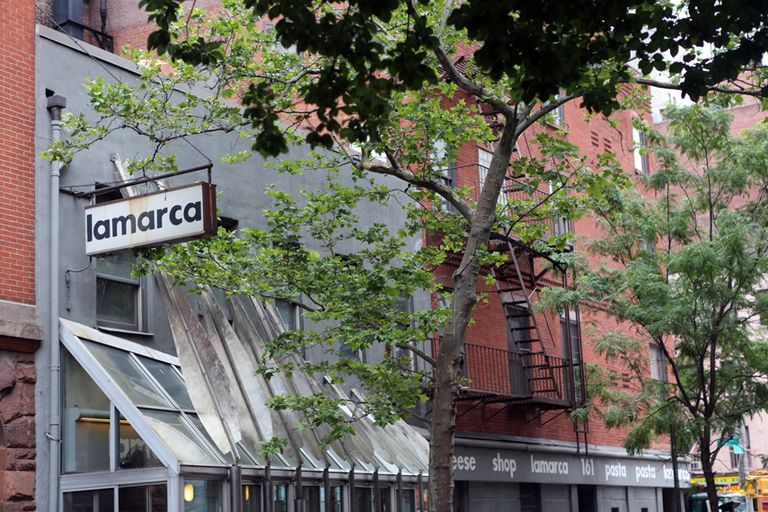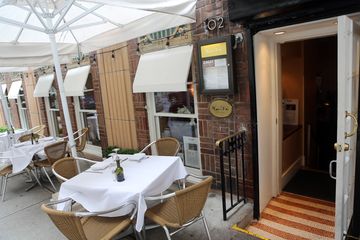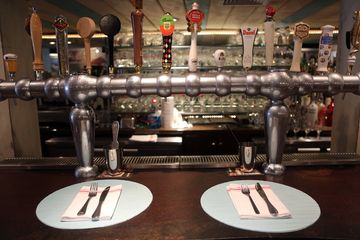The Azzollini family has been at the heart of Paul & Jimmy’s since Cosmo Azzollini waited tables at its 1950 incarnation on Irving Place. Back in 1968, when Cosmo purchased the restaurant, the Azzollini’s made it their own slice of southern Italy. Even today, Louis and his son, Greg, keep the focus on home: homemade cuisine, a home-style atmosphere, and the homey touches of Italian hospitality. Paul & Jimmy’s is truly a family-run, neighborhood business. Louise and Greg emphasized that “one of us is always here - we are the only ones with the keys. We open and close every night. ” Greg has worked in the restaurant since 2005, and - after culinary school at the Institute of Culinary Education, working at Mario Batali’s Lupa Osteria in Manhattan, and furthering his culinary studies in Italy - is currently the head chef. Linda, Louis’s wife, is in charge of the accounting. Together, the whole Azzollini family works hard to ensure that everyone who walks through their doors feels like part of the family. They are proud that the majority of their customers are local, and are particularly pleased that they have “a lot of customers who have been coming forty, fifty, sixty years, and also a lot that come three, four, five times a week. ” As for Paul & Jimmy’s younger clientele, they are often surprised when Louise is able to tell them what their parents or grandparents used to eat. Their secret is that their “food is phenomenal… we have great waitstaff, we have reasonable prices, a cozy atmosphere, and are extremely accommodating. ” They try their best to fulfill non-menu food requests or change the dish to suit their customers’ needs, which is generally “very easy” since “everything is cooked to order. ” Louise told us it does not surprise him that many of their customers come so often, since they have “fifty or sixty different dishes on their menu - not including specials. ” With an emphasis on freshness, they are proud that they source their fish, produce, and meat from well-established New York businesses. Gregg makes their own mozzarella fresh every day, as well as many of their pastas, and Paul & Jimmy's offers their own line of sauces, both in the restaurant and at a few local shops in the city.









